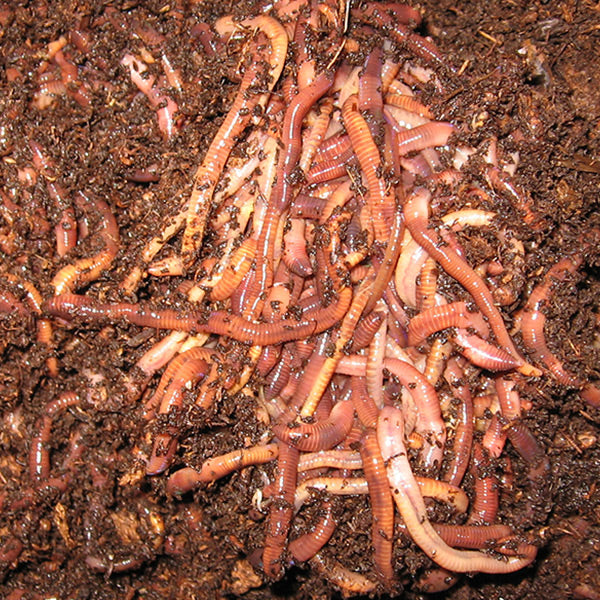Not known Facts About Red Wiggler Express
Not known Facts About Red Wiggler Express
Blog Article
The Ultimate Guide To Red Wiggler Express
Table of ContentsRed Wiggler Express for BeginnersThe 6-Second Trick For Red Wiggler Express7 Simple Techniques For Red Wiggler ExpressThe Ultimate Guide To Red Wiggler Express
With the international push for sustainability and with eco-friendly methods expanding in popularity, people are finally coming about and recognizing the environmental benefits of red wiggler worms and composting. In this write-up, we'll go over how vermicomposting supports lasting horticulture and the environmental advantages of red wigglers and various other earthworms.
This is the short of it. If you want to review comprehensive about red wiggles, we have a whole short article devoted to them right here. Currently, let's enter the nitty-gritty of just how these worms support lasting horticulture practices and benefit the atmosphere: Worm composting resembles a medical spa day for your soil.
When incorporated right into your garden dirt, these spreadings improve its structure, aeration, and water retention. This assists with plant growth and health and wellness and does not call for using any chemicals. Did you know that organic waste makes up a considerable section of garbage dump material? And disintegrating organic waste in landfills creates big quantities of land fill gas (LFG), which is consisted of about 50% CO2 and 50% methane a greenhouse gas approximately 28 more powerful than CO2.
By diverting your kitchen area scraps and yard waste into a worm composting bin, you're efficiently decreasing the quantity of organic waste that finishes up in garbage dumps. Forget regarding chemical fertilizers worm spreadings are the genuine bargain.
4 Simple Techniques For Red Wiggler Express

Mix the nutrient-rich worm spreadings into your garden soil or use them as a top clothing for potted plants. In a globe where sustainability is ending up being progressively vital, red wigglers beam as unrecognized heroes of gardening.
Composting may feel like old information, yet doing it with a container loaded with worms most likely doesn't. Red wiggler worms provide terrific benefits to the organic gardener, producing both an all-natural plant food and a reliable chemical. And they eat your cooking area scraps. The worth of red wigglers, a.k (Red Wiggler Express).a. Eisenia fetida, lies in their excrement, called worm castings.
Worm spreadings might be bought at stores such as SBS in Vineyard Place or Winery Gardens in West Tisbury, but to elevate the worms in a compost bed and harvest your very own castings is a lot more fun. The work of these worms is an element of lasting living. Red wigglers are native to horse manure, where they delve to lay eggs.
The Buzz on Red Wiggler Express
(https://toptendir.net/Red-Wiggler-Express_331425.html)They can't make a great deal of it." He covers the container with straw, after that a piece of old carpeting. "They like the warmth," he states. Lynn explains the production of spreadings and two usages: as a plant food and as a pesticide. "They absorb deteriorating matter. It passes via them and includes calcium to make this rich planet," she states.
"I did it to see if it would make a difference on white flies and aphids. The red wiggler is a prodigious breeder, laying eggs as commonly as when a week - Worm Farms Near Me.
It takes three to five months for an infant worm to get to sex-related maturity and the adult length of three inches. Their lifetime is four to five years unless certainly they are utilized for lure. As freshwater fish lure, wigglers squirm on the hook and survive undersea longer than standard earthworms.

As one of the Epigeic course of compost worms, the normally does not show up in dirts. The worm is red or reddish-brown in shade and has a smooth, round shape.
A red wiggler worm can mature to four inches in length however is typically only about 2 and a half inches. The worm has a little mouth located at the front of its head. It also has little bristles, called setae, which assist the worm step and anchor itself to surface areas.

Report this page